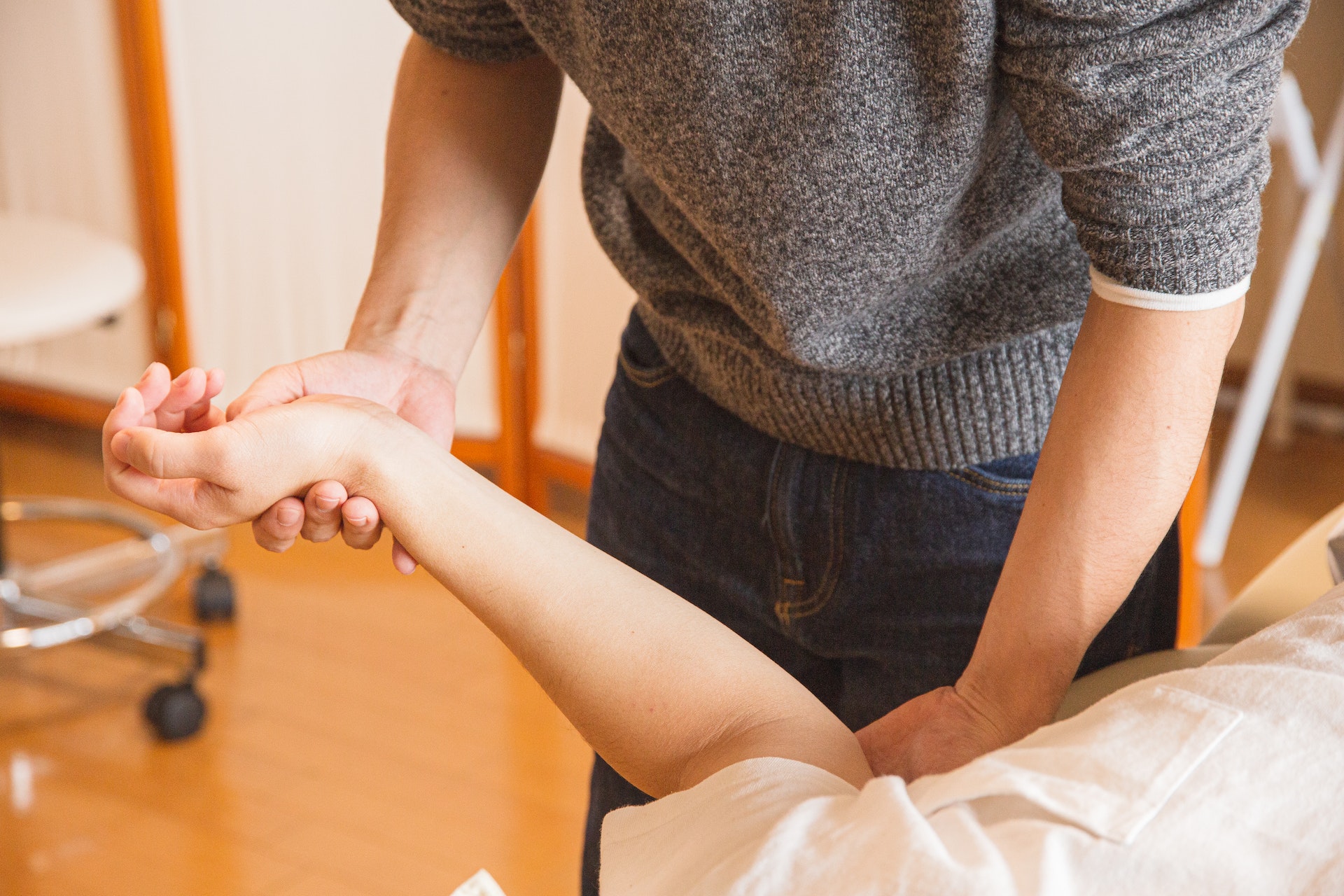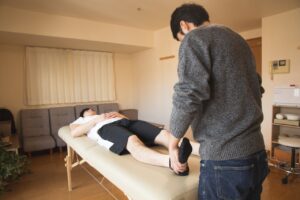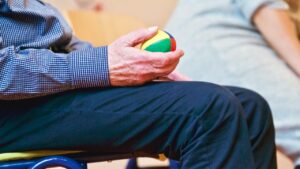
Stroke can be a life-changing event that affects not only the physical abilities of an individual but also their emotional and social well-being. However, with the right therapies at LV Physiotherapy, stroke survivors can regain independence and improve their quality of life. In today’s post, we’ll get exploring three major therapies involved in stroke rehabilitation: speech therapy, physical therapy, and occupational therapy. Each of these therapies targets different aspects of stroke recovery to help individuals achieve maximum functional improvement. So let’s dig deeper into each one and see how they contribute to helping stroke survivors get back on track.
Speech Therapy
 Stroke survivors may often have difficulty speaking, understanding language, or finding the right words to express themselves. They may have lots of difficulties in reading and writing. That’s where speech therapy comes in handy. The ultimate goal is to improve communication skills by targeting specific areas such as speech clarity, word retrieval, and comprehension. Therapists use various techniques like repetition exercises, picture naming tasks, or sentence completion activities to help individuals recover their ability to communicate effectively.
Stroke survivors may often have difficulty speaking, understanding language, or finding the right words to express themselves. They may have lots of difficulties in reading and writing. That’s where speech therapy comes in handy. The ultimate goal is to improve communication skills by targeting specific areas such as speech clarity, word retrieval, and comprehension. Therapists use various techniques like repetition exercises, picture naming tasks, or sentence completion activities to help individuals recover their ability to communicate effectively.
Physical Therapy
 Physical therapy is another essential part of stroke rehabilitation that helps individuals regain their strength, balance, and coordination. It involves a range of exercises and techniques to improve patients’ physical abilities. Physiotherapists usually use a technique called “constraint-induced movement therapy.” This technique involves restricting the use of the unaffected limb to force the affected limb to perform more movements. This approach can help improve fine motor skills in the affected limb.
Physical therapy is another essential part of stroke rehabilitation that helps individuals regain their strength, balance, and coordination. It involves a range of exercises and techniques to improve patients’ physical abilities. Physiotherapists usually use a technique called “constraint-induced movement therapy.” This technique involves restricting the use of the unaffected limb to force the affected limb to perform more movements. This approach can help improve fine motor skills in the affected limb.
In addition to restoring function and reducing disability post-stroke, physical therapy can also provide emotional benefits by boosting self-confidence and independence. With continued practice under professional guidance, many stroke survivors are able to make significant progress in regaining their mobility through physical therapy interventions.
Occupational Therapy
 The third component of stroke rehabilitation is occupational therapy. Focusing on helping individuals regain their ability to perform daily activities, such as dressing themselves, preparing meals, and completing household chores, therapists can make their lives much better. During occupational therapy sessions, the therapist will work with the patient to identify tasks that are challenging and develop strategies to overcome these obstacles. They may also work on strengthening hand-eye coordination and fine motor skills through exercises like gripping objects or manipulating small items.
The third component of stroke rehabilitation is occupational therapy. Focusing on helping individuals regain their ability to perform daily activities, such as dressing themselves, preparing meals, and completing household chores, therapists can make their lives much better. During occupational therapy sessions, the therapist will work with the patient to identify tasks that are challenging and develop strategies to overcome these obstacles. They may also work on strengthening hand-eye coordination and fine motor skills through exercises like gripping objects or manipulating small items.
The Bottom Line
Stroke can be a debilitating experience that affects many aspects of an individual’s life. However, rehabilitation therapies such as speech, physical, and occupational therapy play a crucial role in helping stroke survivors recover and regain their independence. Remember that every patient is unique in their needs; therefore, working closely with healthcare providers who will tailor treatments according to specific conditions is essential. Stroke recovery may take time, but through determination and effort, along with professional assistance provided through the rehabilitation therapies mentioned above, success can be achieved!
